Tips for Troubleshooting Common Issues with Multihead Weigher Machines
Multihead weigher machines are indispensable in various industries, such as food, pharmaceutical, and chemical processing. These state-of-the-art machines excel in accurately weighing and dispensing a wide range of products, ensuring optimal production efficiency. However, like any complex machinery, multihead weighers can occasionally encounter issues that may disrupt smooth operations.
To ensure uninterrupted production and maintain the machine’s longevity, it’s crucial to identify and resolve common problems with multihead weigher machines promptly. Here are some valuable troubleshooting tips to guide you:
1. Inconsistent Weighing Accuracy
Check load cell calibration: Inaccurate calibration of load cells can lead to incorrect weight measurements. Ensure that load cells are calibrated regularly according to the manufacturer’s recommendations.
Inspect conveyor belts: Worn or damaged conveyor belts can cause inconsistent product flow and affect weighing accuracy. Replace belts as needed.
Clean weigh hoppers: Product buildup in weigh hoppers can alter the weight readings. Clean hoppers thoroughly to remove any debris.
2. Product Jamming or Overflow
Adjust feed rate: An excessive feed rate can overwhelm the weigh hoppers and cause product jamming. Adjust the feed rate to a suitable level.
Check vibratory feeders: Malfunctioning vibratory feeders can fail to distribute products evenly, leading to overflow. Inspect and repair or replace feeders as necessary.
Clean chute systems: Obstructions in chute systems can impede product flow and cause blockages. Clean chutes regularly to maintain smooth product transfer.
3. Mechanical Issues
Inspect drive systems: Gearboxes and other drive components may fail due to wear or lubrication issues. Check for unusual noises, vibrations, or leaks and address any problems promptly.
Lubricate bearings: Proper lubrication is crucial for smooth operation. Regularly lubricate bearings according to the manufacturer’s guidelines.
Tighten bolts and screws: Loose bolts and screws can compromise machine stability and cause mechanical failures. Inspect and tighten fasteners throughout the machine.
4. Electrical Faults
Check power supply: Ensure that the machine is receiving adequate power supply. Inspect cables and connections for any damage or loose contacts.
Inspect wiring: Electrical wiring may become damaged over time, leading to faults. Inspect wires and replace any that are frayed or broken.
Restart the machine: Sometimes, electrical issues can be resolved by simply restarting the machine. Shut down the machine, wait a few minutes, and then restart it.
Prompt and effective troubleshooting is essential for maintaining the optimal performance of multihead weigher machines and preventing costly downtime. By following these tips, you can quickly identify and resolve common issues, ensuring smooth production and minimizing disruptions.
-
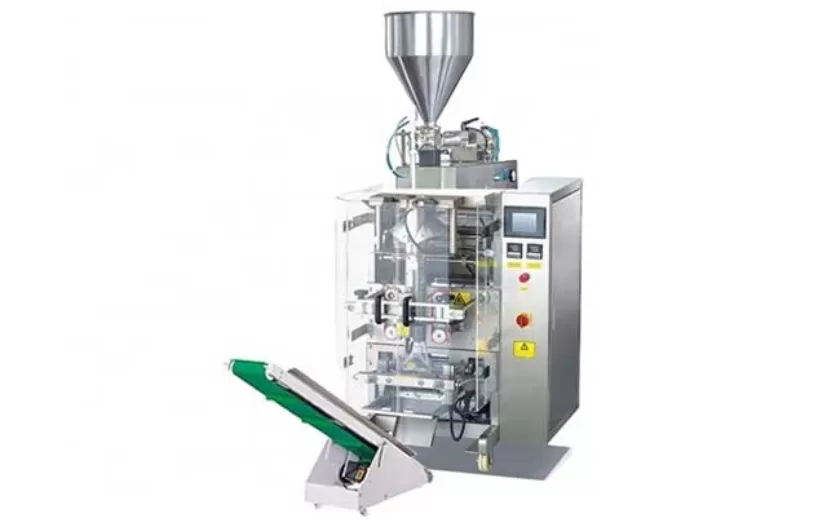
Advanced Packing Solutions: Snacks, Sugar, and Frozen Food Machines
29-10-2025 -
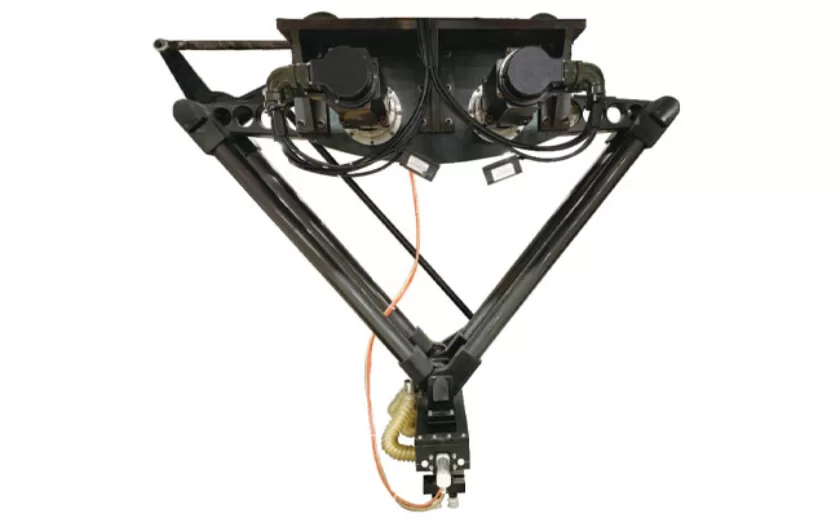
Efficient and Reliable Solutions for Salt, Nuts, and Frozen Dumplings Packing
29-10-2025 -
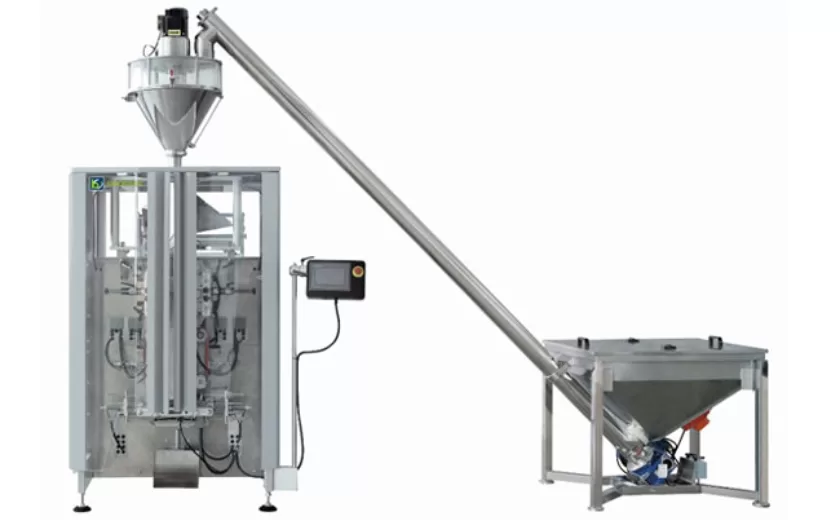
High-Performance Biscuits, Lollipop, and Ketchup Packing Machines for Modern Food Production
29-10-2025 -

Efficient Liquid Filling and Packing Machines for Modern Production
23-10-2025 -
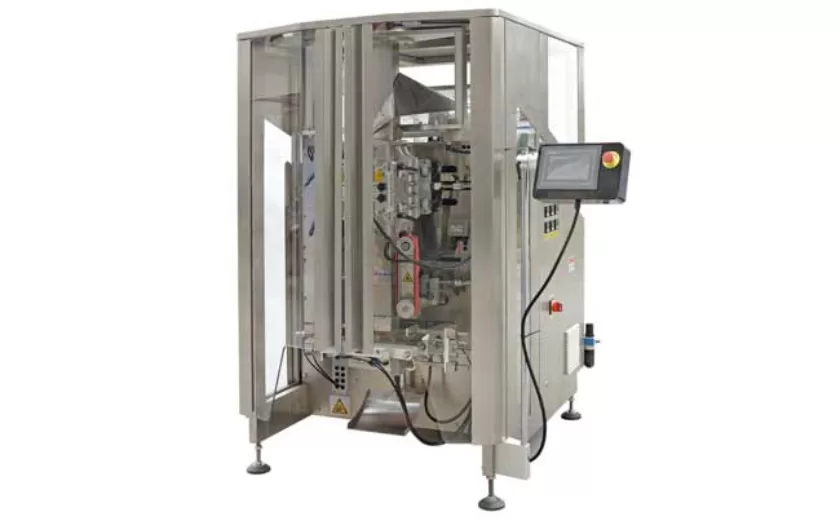
Reliable Granule Packaging Machines for Efficient Production
23-10-2025 -

Efficient Auger Powder Filling Machines for Accurate Packaging
23-10-2025 -

High-Performance Liquid Filling and Packing Machines for Hygienic Production
10-10-2025 -

High-Efficiency Granule Packaging Machines for Precision and Speed
10-10-2025 -

High-Precision Auger Type Powder Filling Machines for Efficient Packaging
10-10-2025 -
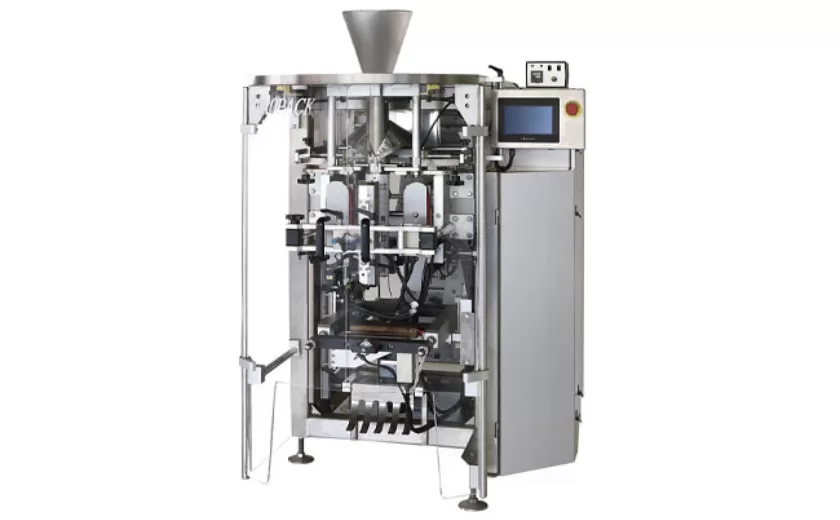
Efficient Vertical Form Fill Seal Packaging Machines for Smart Production
10-10-2025





